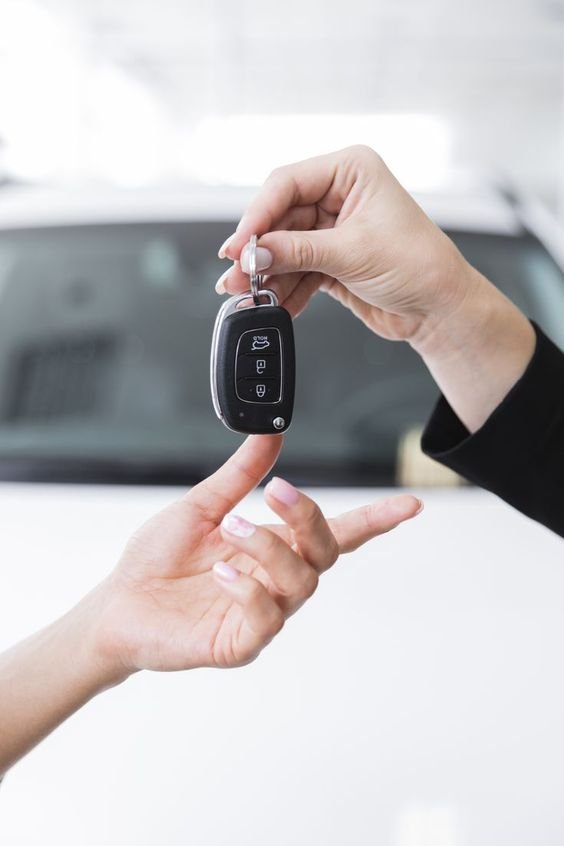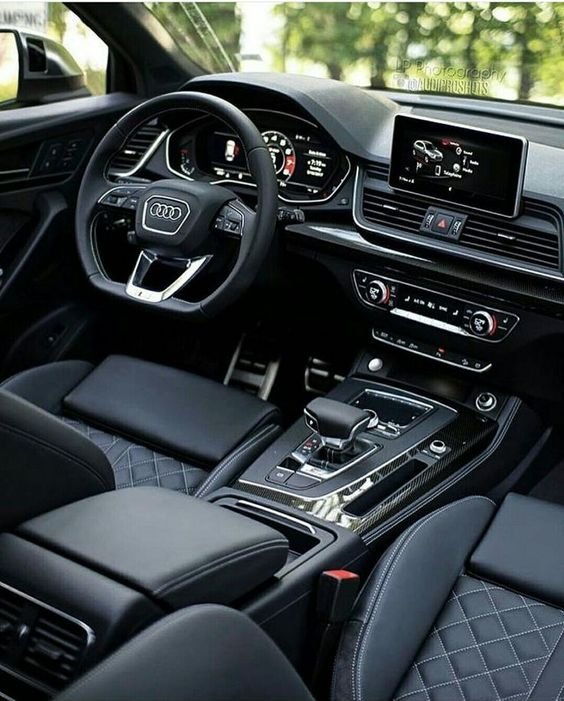
Trading in your car can be a great way to reduce the cost of purchasing a new one. However, to ensure that you get the best possible value for your trade-in, it’s essential to be informed and prepared. This guide will walk you through the steps to maximize the value of your car when trading it in at a dealership.
1. Understand Your Car’s Value
Before you start the trade-in process, it’s crucial to know the value of your car. You can do this by checking online resources such as Kelley Blue Book, Edmunds, or NADA Guides. These platforms provide estimated trade-in values based on your car’s make, model, year, mileage, and condition. Having a good understanding of your car’s value gives you a baseline and helps you negotiate effectively.
2. Gather Necessary Documents
Having all the necessary documents ready can speed up the process and make you look more organized, which can positively impact the dealer’s offer. The essential documents you need include:
– Title: The legal document proving ownership of the vehicle.
– Registration: Proof that the vehicle is legally registered.
– Service Records: A record of regular maintenance can show that the car has been well taken care of.
– Loan Payoff Information: If you still owe money on your car, bring details about your loan payoff.
3. Get Your Car Ready
First impressions matter, even when it comes to trading in your car. A clean, well-maintained car is likely to fetch a higher value. Here’s what you can do to prepare your car:
– Clean Inside and Out: A thorough cleaning, both inside and out, can make your car more appealing. Consider getting it professionally detailed.
– Fix Minor Issues: If there are minor repairs that need to be done, such as replacing a burnt-out light bulb or fixing a small scratch, take care of these before heading to the dealership. It’s often more cost-effective to do this yourself than to have the dealer deduct it from the trade-in value.
– Check Fluids: Make sure all fluids (oil, brake fluid, coolant, etc.) are at appropriate levels. If it’s been a while since your last oil change, consider getting one.
– Tire Condition: Ensure your tires have adequate tread and are properly inflated. Worn-out tires can be a reason for the dealer to reduce the trade-in offer.
4. Shop Around for Trade-In Offers
Don’t settle for the first offer you receive. Visit multiple dealerships to get trade-in quotes. You can also explore online car-buying services that offer trade-in estimates. By comparing offers, you’ll be in a better position to negotiate.
5. Negotiate Separately from the New Car Purchase
Dealers often prefer to bundle the trade-in and new car purchase together, but this can make it harder for you to see if you’re getting a good deal on each. Negotiate the trade-in value separately from the purchase price of the new car. This way, you can clearly see the true value being offered for your trade-in.
6. Timing Can Make a Difference
The time of year can impact the trade-in value of your car. Generally, the best time to trade in your car is before the release of new models. When a new model is released, older models tend to decrease in value. Additionally, trading in your car when it’s still relatively new, typically within three to five years, can result in a higher trade-in value because the vehicle has less wear and tear.
7. Be Honest About the Condition
When describing your car’s condition to the dealership, be honest and accurate. If you try to oversell the condition and the dealer finds out later that the car has issues, they may lower the offer or even reject the trade-in. Being upfront builds trust and can lead to a fairer deal.
8. Consider Selling Your Car Privately
While trading in your car is convenient, selling it privately can often yield a higher price. If you have the time and patience, you might want to consider this option. However, selling privately involves more effort, including advertising the car, handling inquiries, and negotiating with potential buyers.
9. Be Prepared to Walk Away
If you feel that the offer you’re getting is too low, be prepared to walk away. There are many dealerships out there, and walking away from a low offer might lead to a better deal elsewhere. Additionally, showing that you’re willing to walk away can sometimes encourage the dealer to improve their offer.
10. Understand the Tax Benefits
In some regions, trading in your car can reduce the amount of sales tax you pay on your new vehicle. For example, if you’re purchasing a $25,000 car and your trade-in is valued at $10,000, you may only need to pay sales tax on the $15,000 difference. This can lead to significant savings, making a trade-in more appealing.
11. Finalizing the Trade-In
Once you’ve agreed on a trade-in value, carefully review all paperwork before signing. Ensure that the trade-in value is accurately reflected in the final contract and that there are no unexpected fees or charges. If you have any questions or concerns, don’t hesitate to ask the dealer for clarification.
Conclusion
Trading in your car can be a straightforward process if you take the time to prepare and negotiate. By understanding your car’s value, getting it in top condition, and shopping around for the best offer, you can maximize the value of your trade-in and make the most of your new car purchase.
ALSO READ: Everything You Need to Know About the 2024 Ford Mustang







